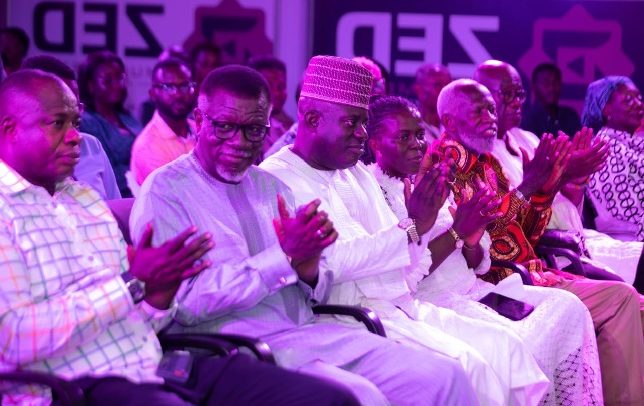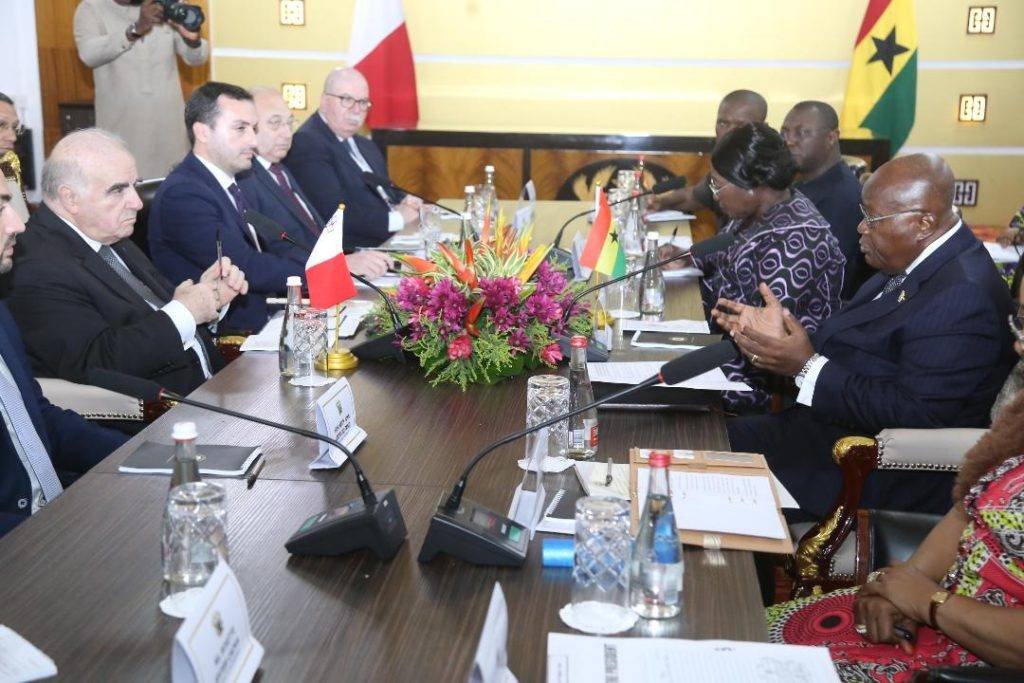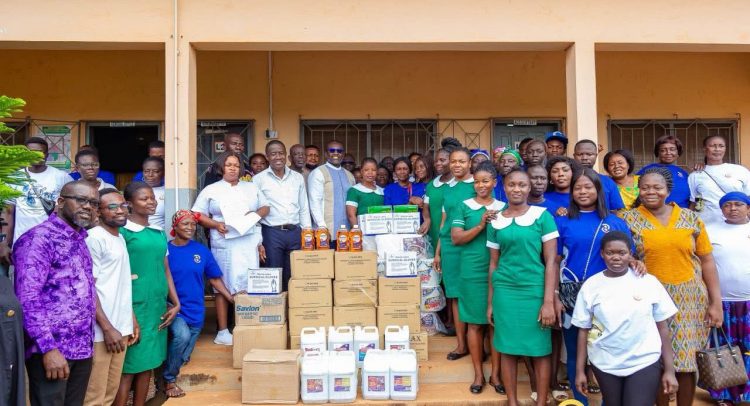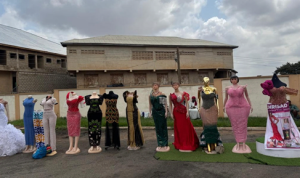
By Seade CAESAR
In late August 2025, Qatar-linked Al Mansour Holdings embarked on a whirlwind tour of southern and central Africa, signing letters of intent and headline MoUs that add up to $103 billion across six countries: the DR Congo, Mozambique, Zambia, Zimbabwe, Botswana, and Burundi.
Oxford Economics Africa flagged the scale of these pledges, and subsequent government and wire-service statements in each country help pin down the where, when, and how. While much remains at the intent stage, the pattern is clear: Doha is staking out a long-term footprint in African energy, critical minerals, food systems, and logistics an arena where Gulf capital is increasingly active.
Scale of the Investment
Qatar’s $103 billion pledge across six African countries marks one of the largest commitments of Gulf capital into the continent. This dwarfs many past bilateral agreements and signals Qatar’s intent to secure long-term influence. The investment cements Africa’s rising importance in global markets while positioning Doha as a rival to the UAE and Saudi Arabia in Africa’s development race.
Strategic Timing
Africa’s population is projected to double by 2050, creating a consumer market of over 2.5 billion people alongside a vast labor force. With resource demand intensifying worldwide, Qatar’s timing is strategic. Entering now allows Doha to establish an early foothold in key economies, ensuring access to energy, minerals, and agricultural assets while shaping Africa’s evolving growth narrative.
Broader Gulf Rivalry
The UAE and Saudi Arabia have expanded aggressively into African ports, logistics, renewable energy, and mining. Qatar’s $103 billion announcement is a direct counter to this presence. Gulf states see Africa not only as a resource hub but also as a stage for geopolitical influence. Doha’s commitment signals that it is no longer content to lag behind its regional rivals.
The timeline at a glance (August-September 2025)
Burundi – Aug 17
Burundi signed 11 partnership agreements with Qatar’s Al Mansour Holdings covering agriculture, mining, tourism, finance, and digital infrastructure. Although the exact amount was not disclosed locally, external reports estimate $12 billion. For a country with a GDP under $7 billion, this represents transformative potential, nearly doubling its economic base.
Zambia – Aug 18-21
Zambia finalized a $19 billion agreement with Al Mansour Holdings, one of its largest-ever investment commitments. Spanning 11 sectors; energy, mining, housing, finance, agriculture, and telecommunications which includes binding MoUs. The government emphasized its potential to drive industrial diversification, infrastructure expansion, and job creation, cementing Zambia’s attractiveness as an investment hub.
Botswana – Aug 21
Botswana secured a $12 billion deal, focusing on infrastructure, energy, and diamond value-chain development. With its diamond industry facing global price pressures, Gaborone sees this as a chance to diversify into processing, agriculture, and tourism. Qatar, in turn, gains a foothold in a politically stable, resource-rich Southern African state.
Zimbabwe – Aug 26
Zimbabwe announced a $19 billion pledge from Al Mansour Holdings, targeting housing, agriculture, power generation, airports, and cybersecurity. A notable $500 million will go to hydropower, boosting energy security. Separately, Qatar-backed firms moved on oil and gas exploration, reflecting Doha’s strategy of pairing infrastructure investment with upstream energy stakes.
Mozambique – Aug 27
Mozambique confirmed a $20 billion investment package, heavily oriented toward energy, oil and gas, agriculture, and infrastructure. With its vast offshore LNG reserves, Mozambique is crucial for Qatar, already the world’s largest LNG exporter. Investments in tourism, housing, and logistics reflect a broader ambition to transform Maputo into a regional hub.
Democratic Republic of the Congo – Sept 2-3
The DRC secured the largest share $21 billion through 18 agreements covering mining (cobalt, copper, gold), hydrocarbons, housing, airports, pharmaceuticals, and finance. The investment coincides with Qatar’s diplomatic mediation in the country’s eastern conflicts, blending hard capital with soft power. For Kinshasa, it promises both infrastructure renewal and critical minerals development.
Investment Breakdown by country
According to Oxford Economics Africa via BBC Finance, the Democratic Republic of the Congo leads with the largest share ($21 billion), followed by Mozambique ($20 billion). Zambia and Zimbabwe receive $19 billion each, while Botswana and Burundi are allocated $12 billion apiece
| Country | Pledge Amount (US$ bn) | Share of total |
| Democratic Republic of the Congo (DRC) | 21 | ~20.4% |
| Mozambique | 20 | ~19.4% |
| Zambia | 19 | ~18.4% |
| Zimbabwe | 19 | ~18.4% |
| Botswana | 12 | ~11.7% |
| Burundi | 12 | ~11.7% |
Allocation and Strategic Logic –What Africa is after
Democratic Republic of the Congo (DRC) – $21 billion (~20.4%)
The DRC seeks to harness Qatar’s capital to industrialize its mineral wealth, particularly cobalt and copper, which are often exported raw. By attracting long-term investment, Kinshasa hopes to expand refining capacity, create jobs, develop pharmaceuticals, and build critical infrastructure roads, housing, and logistics that can underpin broader national growth.
Mozambique – $20 billion (~19.4%)
Maputo is pursuing foreign capital to accelerate development of its LNG resources, diversify its economy, and upgrade rural infrastructure. The country expects Qatari partnerships to deliver not just gas monetization but also improvements in agriculture, fisheries, power generation, and tourism helping Mozambique reduce poverty while stabilizing its energy-driven economy.
Zambia – $19 billion (~18.4%)
Lusaka is after investment to unlock value from its copper belt while diversifying into agriculture, housing, and financial services. The government has positioned the Al Mansour package as a vehicle to finance urban housing (1.5m units), establish an investment bank, and scale irrigation and agro-processing. The ultimate aim is job creation and industrial transformation beyond raw copper exports.
Zimbabwe – $19 billion (~18.4%)
Harare is using the pledge to address chronic infrastructure and energy gaps. With commitments toward a hydroelectric plant, housing, airports, and digital sectors, Zimbabwe aims to rebuild competitiveness. Agriculture and food security are also central given recurring droughts, foreign financing can modernize irrigation, stabilize food supply, and inject liquidity into a sanctions-strained economy.
Botswana – $12 billion (~11.7%)
Gaborone is after diversification beyond diamonds. The $12bn agreement is expected to boost downstream diamond cutting and polishing, while channeling capital into renewable energy, infrastructure, and tourism. For Botswana, which has been vulnerable to global diamond cycles, the Qatari deal offers a chance to stabilize growth, create skilled jobs, and move up the value chain.
Burundi – $12 billion (~11.7%)
Bujumbura is positioning foreign investment as a springboard for economic transformation. With GDP around $7bn, a pledge nearly double that size could be transformative if realized. Burundi is after job creation in agriculture and tourism, modernization of infrastructure, and digital connectivity aligned with its Vision 2040-2060 plan to escape low-income status and build resilience.
Why Africa, why now-for Qatar?
Energy & LNG adjacency
Qatar is the world’s leading exporter of liquefied natural gas (LNG), but it recognizes the importance of diversifying its portfolio and building strategic partnerships in emerging markets. Mozambique’s massive Rovuma basin LNG projects and Zimbabwe’s potential hydro and gas opportunities present natural synergies with Qatar’s existing expertise.
By investing in African energy value chains, Doha not only secures new revenue streams but also enhances its global energy diplomacy. These ventures provide Qatar with leverage in shaping regional energy markets, while supporting African governments eager for infrastructure and investment to unlock domestic reserves and expand electrification efforts.
Critical minerals for the energy transition
The Democratic Republic of the Congo holds over 70% of the world’s cobalt reserves, alongside vast copper deposits essential for electric vehicles, batteries, and renewable energy technologies. By pledging billions toward mining and processing, Qatar positions itself as a key partner in global supply chains critical to the clean energy transition.
This aligns with Doha’s strategic intent to diversify beyond hydrocarbons while maintaining relevance in future resource markets. Access to African critical minerals strengthens Qatar’s bargaining power with Western and Asian economies and enhances its role as a strategic player in the green economy, bridging energy past and future.
Food security & agribusiness
Food security has long been a priority for Gulf states due to limited arable land and water scarcity. Africa offers fertile soil, abundant water resources, and vast tracts of underutilized farmland. By investing in agribusiness such as irrigation systems, livestock, fisheries, and agro-processing Qatar secures reliable access to food supplies while contributing to Africa’s agricultural modernization.
These investments are framed as mutually beneficial: Qatar ensures its long-term food security, while African economies gain technology, infrastructure, and job creation. This approach also supports Qatar’s “Vision 2030” goals of economic diversification, as agribusiness investments provide stable, less cyclical returns compared to hydrocarbons.
Geopolitical influence via development finance
Qatar has cultivated a reputation as a diplomatic mediator in regional and global conflicts, including recent peace efforts in eastern Congo. By coupling capital investment with diplomacy, Doha reinforces its soft power in Africa while counterbalancing the UAE and Saudi Arabia’s growing influence. Development finance becomes a dual-purpose tool: fostering economic goodwill while extending geopolitical reach. Large-scale pledges in infrastructure, housing, and energy create political goodwill, giving Qatar leverage in regional blocs like the African Union. This strategy enhances Doha’s global profile as both a financier and mediator, ensuring it remains a relevant actor in Africa’s development trajectory.
Reshapes the foundations of Africa-Gulf cooperation
Regional Integration & Trade Corridors
Cross-border investments in housing, energy, transport, and logistics strengthen trade corridors connecting Zambia, Zimbabwe, Mozambique, and the DRC. These align with Africa’s Continental Free Trade Area agenda by enabling smoother regional integration. The Gulf becomes a key enabler of infrastructure that supports continental growth and intra-African trade.
Strengthening South-South Cooperation
Africa-Gulf engagement embodies a new model of South-South cooperation. Instead of relying solely on Western aid, Africa leverages Gulf partnerships for capital and expertise. Meanwhile, Gulf states gain new allies and markets. This mutually beneficial dynamic strengthens developing economies’ ability to shape global policy and trade agendas.
Deepening Economic Interdependence
Qatar’s investments align with Africa’s development priorities, while securing Gulf access to critical minerals, energy, and food systems. This creates lasting economic interdependence, moving the relationship beyond short-term trade into long-term structural integration that benefits both regions through capital, expertise, and stable resource supply chains.
Diversification Beyond Oil Dependence
Africa offers Qatar a platform to diversify into housing, logistics, tourism, ICT, and energy infrastructure. At the same time, Africa reduces dependence on Western and Chinese funding, broadening its capital base. This synergy helps both regions strengthen resilience against global economic volatility and commodity cycles.
Strategic & Diplomatic Bridges
Qatar pairs financial commitments with conflict mediation, notably in the Democratic Republic of Congo. This dual role deepens trust and enhances stability, positioning the Gulf as not only an investor but also a partner in peacebuilding, governance, and sustainable development across African regions.
Conclusion
Qatar’s $103 billion pledge through Al Mansour Holdings marks a turning point in Africa’s investment story. Targeting energy, critical minerals, agriculture, and infrastructure across six nations, Doha is leveraging capital for influence and resources.
The real test lies ahead: translating ambitious MoUs into sustainable projects that deliver tangible growth and strengthen Africa-Gulf partnerships.
Seade is the Executive Director,Africa Global Policy and Advisory Institute
[email protected] (With strong focus on Africa-Gulf cooperation)
The post Qatar’s US$103bn investment: Pledging to deepen its influence across Africa appeared first on The Business & Financial Times.
Read Full Story
















Facebook
Twitter
Pinterest
Instagram
Google+
YouTube
LinkedIn
RSS